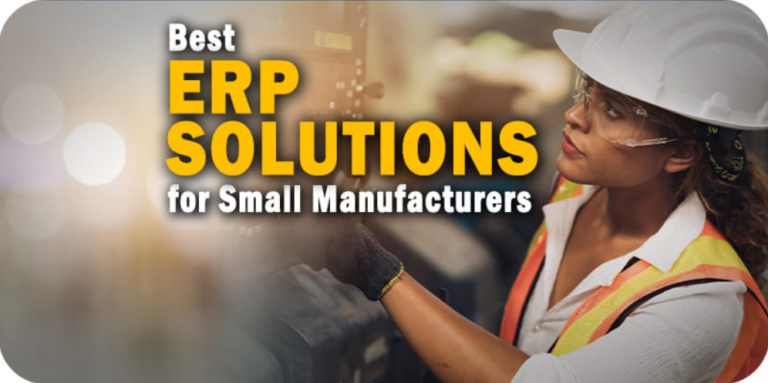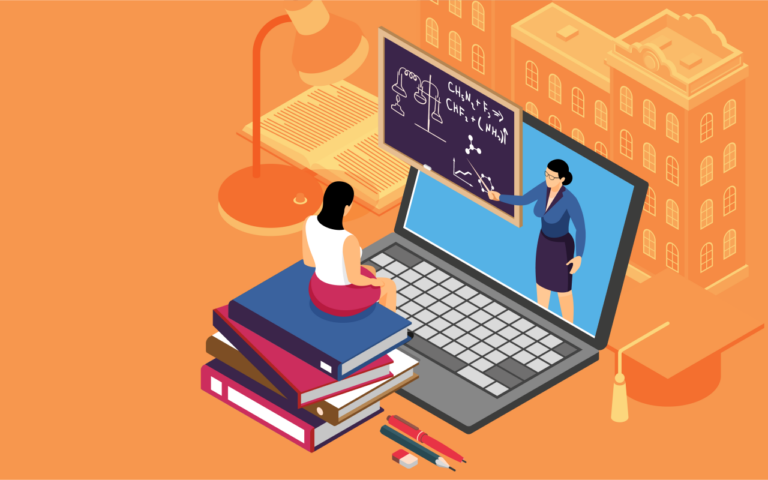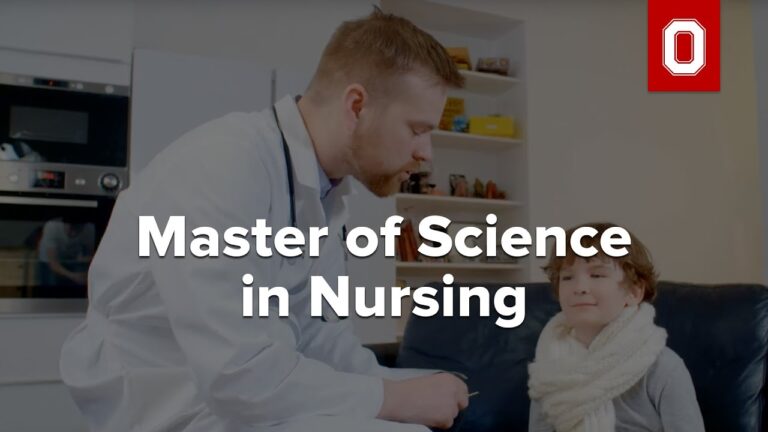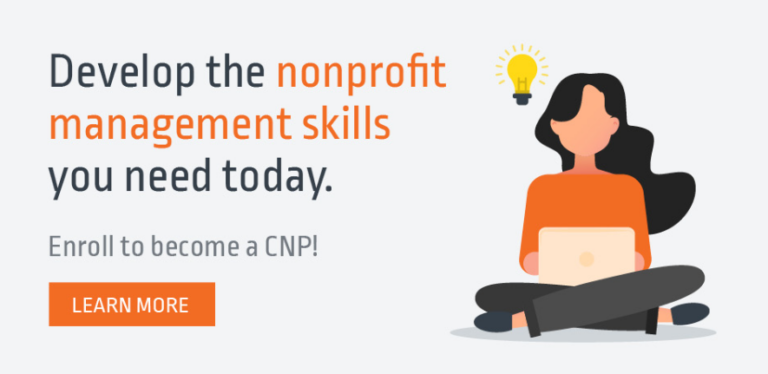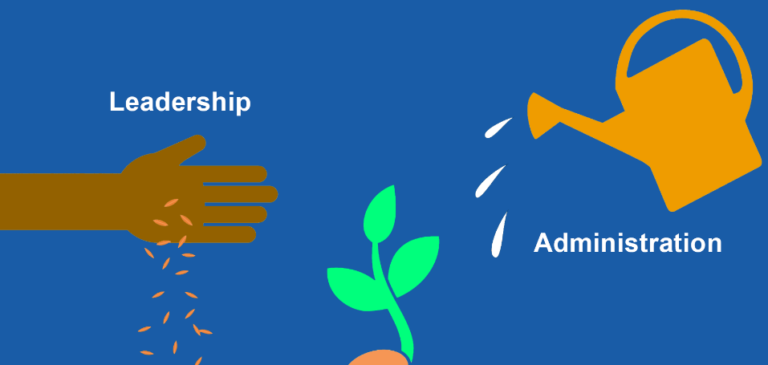Masters In Special Education programs offer a rewarding path for those passionate about supporting students with diverse learning needs. This field demands a unique blend of empathy, knowledge, and adaptability. This guide delves into the curriculum, career prospects, methodologies, and challenges faced by professionals in this crucial area of education, providing a comprehensive overview for prospective students and those already working in the field.
From understanding the intricacies of Individualized Education Programs (IEPs) and applying evidence-based teaching practices to navigating the complexities of inclusive education and leveraging assistive technologies, a master’s degree equips educators with the tools and knowledge to make a profound difference in the lives of their students. We’ll explore various career paths, salary expectations, and the ongoing professional development opportunities that ensure continued growth and expertise in this dynamic field.
Program Overview
A Master’s in Special Education (MSEd) is a postgraduate degree designed to equip professionals with advanced knowledge and skills to effectively teach students with diverse learning needs. This program goes beyond the foundational understanding provided by undergraduate teacher preparation programs, delving into specialized instructional strategies, assessment techniques, and legal frameworks governing special education. The curriculum is rigorous and demanding, reflecting the complexity of the field.
Typical Curriculum of a Masters in Special Education Program
MSEd programs typically include coursework in areas such as assessment and diagnosis of learning disabilities, individualized education program (IEP) development, inclusive teaching methodologies, behavior management techniques, and legal and ethical considerations in special education. Many programs also incorporate fieldwork or practicum experiences, providing students with hands-on opportunities to apply their learning in real-world settings. Electives may allow for specialization in areas like autism spectrum disorder, intellectual disabilities, or specific learning disabilities.
Advanced research methods and statistical analysis are also often components of the curriculum, preparing graduates for potential research roles or further doctoral studies.
Admission Requirements for Various Masters in Special Education Programs
Admission requirements vary across institutions but generally include a bachelor’s degree, often in education or a related field. A minimum GPA is typically required, usually a 3.0 or higher. Many programs also require submission of official transcripts, letters of recommendation, a statement of purpose outlining the applicant’s goals and experiences, and standardized test scores such as the GRE or MAT.
Some programs may require prior teaching experience, while others may prioritize applicants with specific certifications or experience working with diverse learners. Specific requirements should be checked directly with the program of interest.
Comparison of Different Special Education Certifications Available After Completing a Masters Program
The specific certifications available after completing an MSEd program vary by state and institution. Common certifications include state-specific special education teaching licenses, which often require passing state-mandated exams. Some programs may offer endorsements or specializations in particular areas, such as autism spectrum disorder or emotional disturbance. These endorsements often require additional coursework or fieldwork. It’s crucial to research the specific certification requirements in the state where one intends to practice.
National certifications, while not always required for employment, can demonstrate advanced knowledge and expertise in the field.
Key Differences Between Online and In-Person Masters in Special Education Programs
Online MSEd programs offer flexibility and accessibility, allowing students to pursue their degree while balancing other commitments. However, they may lack the hands-on interaction and collaborative learning opportunities offered by in-person programs. In-person programs typically involve more direct interaction with faculty and peers, potentially leading to stronger networking opportunities and more robust mentorship. Online programs may require more self-discipline and technological proficiency, while in-person programs necessitate greater commitment to attending classes and on-campus activities.
The quality of education is not inherently superior in one format over the other; the best choice depends on individual learning styles and circumstances.
Average Cost of Masters in Special Education Programs
The cost of an MSEd program varies significantly depending on the institution, program type (online versus in-person), and the length of the program. The following table provides ageneralized* estimate and should not be considered definitive; actual costs may vary. It’s crucial to consult each university’s website for the most up-to-date tuition information.
| University | Program Type | Tuition Cost (Estimated) | Program Length |
|---|---|---|---|
| University A | In-Person | $30,000 – $50,000 | 2 years |
| University B | Online | $25,000 – $40,000 | 2 years |
| University C | In-Person | $40,000 – $60,000 | 1.5 years |
| University D | Online | $20,000 – $35,000 | 2 years |
Career Paths and Job Prospects
A Master’s degree in Special Education opens doors to a wide array of fulfilling and impactful career paths. Graduates are highly sought after in various educational settings and related fields, offering diverse opportunities for professional growth and specialization. The field is constantly evolving, requiring adaptable and skilled professionals to meet the diverse needs of students with disabilities.
Career Paths for Special Education Professionals
The versatility of a Master’s in Special Education allows for diverse career trajectories. Many graduates pursue direct roles in education, while others leverage their expertise in related fields. The specific path chosen often depends on individual interests and career goals.
- Special Education Teacher: This is the most common career path, involving designing and implementing individualized education programs (IEPs) for students with a range of disabilities in various settings (e.g., self-contained classrooms, inclusive classrooms, resource rooms).
- Special Education Specialist: Specialists often focus on particular areas of expertise, such as speech-language pathology, occupational therapy, or behavioral analysis, providing targeted interventions to students with specific needs.
- Curriculum Specialist: These professionals develop and adapt curricula to meet the unique learning styles and needs of students with disabilities, ensuring access to high-quality education for all.
- Educational Consultant: Consultants work with schools, districts, or individual families to provide support and guidance on special education practices, IEP development, and compliance with relevant laws and regulations.
- Special Education Administrator: With experience, graduates can move into administrative roles, overseeing special education programs and staff within a school or district.
- Researcher/Professor: Those with a strong research interest can pursue careers in academia, contributing to the advancement of special education knowledge and practice.
Job Market Demand and Salary Expectations
The demand for qualified special education professionals remains consistently high across the United States. The increasing awareness of the importance of inclusive education and the growing number of students with disabilities contribute to this demand. However, specific demand can vary by location and specialization. Rural areas, for example, often face greater shortages than urban centers.Salary expectations vary based on factors such as experience, location, education level, and specific role.
Entry-level special education teachers typically earn between $40,000 and $60,000 annually, while experienced teachers and specialists in high-demand areas can earn significantly more. For example, a seasoned special education director in a large urban district could earn upwards of $100,000 per year. These figures are estimates and can vary widely. It is recommended to research specific salaries within your desired location and role using resources like salary.com or Glassdoor.
Career Progression Flowchart
The following describes a potential career path, visualized as a flowchart. Note that this is just one example, and individual career paths can vary significantly.[Imagine a flowchart here. The flowchart would start with “Master’s Degree in Special Education.” Branches would lead to various roles such as “Special Education Teacher,” “Special Education Specialist,” or “Educational Consultant.” Further branches from these roles would depict potential advancements, such as “Lead Teacher,” “Curriculum Specialist,” “School Psychologist,” “Special Education Coordinator,” or “Director of Special Education.” Finally, the top of the chart could show “Professor/Researcher” as a potential long-term career path.]
Special Education Methodologies and Approaches
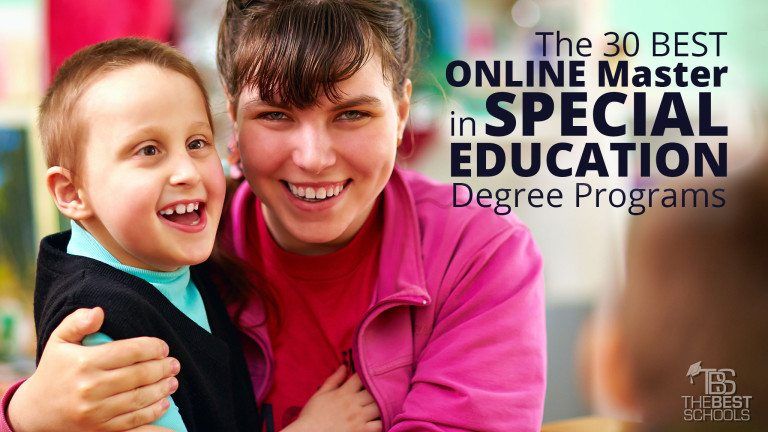
Effective special education relies on a diverse range of methodologies tailored to individual student needs. Understanding these approaches and their application is crucial for educators to create inclusive and supportive learning environments. This section explores key methodologies, evidence-based practices, assessment tools, and the critical components of Individualized Education Programs (IEPs).
Teaching Methodologies in Special Education Classrooms
Special education classrooms utilize a variety of teaching approaches, often adapting and combining them to best suit a student’s unique learning profile. Direct instruction, a highly structured approach, focuses on explicit teaching of specific skills through clear explanations, modeling, and guided practice. Conversely, constructivist approaches emphasize active learning and student-centered discovery, encouraging students to build their own understanding through exploration and problem-solving.
Differentiated instruction, a cornerstone of inclusive practices, involves adjusting teaching methods, materials, and assessments to meet individual student needs within a diverse classroom setting. Finally, Universal Design for Learning (UDL) proactively designs curriculum and instruction to be accessible to all learners, minimizing the need for later adaptations.
Application of Evidence-Based Practices in Special Education
Evidence-based practices (EBPs) are interventions and strategies supported by rigorous research demonstrating their effectiveness. In special education, EBPs are essential for ensuring students receive high-quality instruction. Examples include applied behavior analysis (ABA) for addressing behavioral challenges, structured literacy interventions for students with dyslexia, and cognitive behavioral therapy (CBT) for managing anxiety and other emotional challenges. The selection of EBPs should be data-driven, considering the student’s specific needs and learning profile, and regularly evaluated for effectiveness.
Professional development and ongoing training are crucial for educators to stay updated on the latest EBPs and their effective implementation.
Assessment Tools in Special Education
Accurate assessment is foundational to identifying students’ needs and developing effective interventions. A range of assessment tools are employed, including standardized tests (like the Woodcock-Johnson IV or Wechsler Intelligence Scale for Children), which provide a comparison to national norms. Curriculum-based measurement (CBM) offers frequent, brief assessments aligned with classroom curriculum, monitoring progress in specific skill areas. Informal assessments, such as observations, portfolios, and teacher-made tests, provide valuable qualitative data on student performance and learning styles.
Each tool serves a unique purpose, and a combination often provides a more comprehensive understanding of a student’s abilities and challenges.
Key Components of Individualized Education Programs (IEPs)
IEPs are legally mandated documents outlining a student’s individualized educational plan. Key components include a statement of the student’s present levels of performance (PLP), describing their current academic, behavioral, and social-emotional functioning. Measurable annual goals are established, outlining specific targets for improvement within a year. The IEP details the specific special education and related services (such as speech therapy or occupational therapy) the student will receive.
The IEP also specifies the extent to which the student will participate in the general education curriculum, outlining accommodations and modifications needed to ensure access to learning. Finally, the IEP includes evaluation procedures to monitor the student’s progress towards their goals.
Creating a Sample IEP Goal
A well-written IEP goal follows a specific format, often using the SMART framework (Specific, Measurable, Achievable, Relevant, Time-bound). For example:
“Given a passage of 100 words at grade level, [Student Name] will accurately read 90 words per minute with 95% accuracy as measured by weekly curriculum-based assessments by [Date].”
Another example, focusing on a behavioral goal:
“[Student Name] will independently remain seated during whole-group instruction for 80% of the lesson duration, as measured by teacher observation and data collection, across five consecutive school days by [Date].”
These examples illustrate the specificity and measurability required for effective goal setting within an IEP.
Challenges and Opportunities in Special Education

The field of special education, while incredibly rewarding, presents a unique set of challenges and opportunities. It demands a high level of dedication, adaptability, and a profound understanding of diverse learning needs. However, the potential to make a significant difference in the lives of students and their families makes it a truly fulfilling career path.
Common Challenges Faced by Special Education Professionals
Special education teachers and professionals regularly encounter significant hurdles. These challenges often stem from factors relating to student needs, resource limitations, and systemic issues. High student-to-teacher ratios, inadequate funding for specialized resources and training, and the complexity of diverse learning disabilities all contribute to the daily workload. Furthermore, navigating bureaucratic processes, collaborating effectively with general education teachers and parents, and managing the emotional toll of working with students facing significant challenges are all significant aspects of the job.
Burnout is a real and pervasive concern in this field.
Unique Opportunities in Special Education
Despite the challenges, special education offers unique and rewarding opportunities. The field is constantly evolving, with ongoing research and development of innovative teaching methodologies and assistive technologies. Special education professionals are at the forefront of this progress, constantly learning and adapting their practices. The opportunity to build strong, meaningful relationships with students and their families is a key aspect of the work.
Witnessing a student overcome obstacles and achieve their potential is deeply fulfilling. Moreover, the field offers opportunities for specialization in various areas, such as autism spectrum disorder, learning disabilities, or emotional and behavioral disorders, allowing for focused professional growth.
The Importance of Inclusive Education Practices
Inclusive education, the practice of educating students with disabilities alongside their typically developing peers, is paramount. It fosters a sense of belonging and reduces stigma. Inclusive classrooms offer students with disabilities opportunities to learn social skills, build friendships, and develop a sense of community, benefiting both students with and without disabilities. It challenges preconceived notions and promotes a more equitable and accepting learning environment for all.
This approach requires thoughtful planning, collaboration, and a commitment to individualized learning plans that meet the specific needs of each student.
Examples of Successful Inclusion Strategies
Successful inclusion hinges on individualized education programs (IEPs) and collaborative teaching models. For example, co-teaching, where a special education teacher and a general education teacher share instructional responsibilities, can create a more supportive learning environment. Differentiated instruction, tailoring instruction to meet the individual needs of each student, is another crucial strategy. The use of assistive technology, such as augmentative and alternative communication (AAC) devices or specialized software, can significantly enhance access to learning for students with various disabilities.
Furthermore, peer tutoring and mentoring programs can foster positive social interactions and provide academic support. A classroom designed with universal design for learning (UDL) principles in mind proactively addresses the diverse needs of all students.
Strategies for Fostering Collaboration
Effective collaboration among special education teachers, general education teachers, and parents is essential for successful inclusion. Regular communication, through meetings, emails, and shared online platforms, is key. Shared planning time allows teachers to coordinate instruction and create a cohesive learning experience. Parent involvement is crucial; regular communication keeps parents informed and engaged in their child’s education. Building trust and mutual respect among all stakeholders is paramount.
Open communication channels, active listening, and a shared commitment to the student’s success are vital for building strong collaborative partnerships.
Technological Advancements in Special Education
Technology has revolutionized special education, offering unprecedented opportunities to support students with diverse learning needs and create more inclusive learning environments. Assistive technology, accessible learning platforms, and specialized educational software are transforming how educators teach and how students learn, fostering greater independence and academic success.
Assistive Technology’s Role in Supporting Students with Disabilities
Assistive technology (AT) encompasses a wide range of tools and devices designed to enhance the learning and participation of students with disabilities. These tools address specific learning challenges, enabling students to access the curriculum, communicate effectively, and participate fully in classroom activities. The selection and implementation of AT are highly individualized, depending on the student’s unique needs and learning style.
Effective use requires collaboration between educators, therapists, parents, and the student themselves.
Creating Accessible Learning Environments Through Technology
Technology plays a crucial role in creating accessible learning environments for all students, regardless of their abilities. This involves adapting existing learning materials and creating new resources that are accessible to students with diverse needs. Examples include using screen readers for visually impaired students, text-to-speech software for students with reading difficulties, and alternative input devices for students with physical limitations.
Furthermore, universal design principles, which focus on creating materials and environments that are usable by everyone, are increasingly incorporated into educational technology.
Benefits of Educational Software and Apps for Students with Special Needs, Masters In Special Education
Educational software and apps provide targeted support for specific learning needs, offering engaging and interactive learning experiences tailored to individual student requirements. These tools can address challenges in areas such as reading comprehension, math skills, social-emotional learning, and executive functioning. Adaptive learning platforms, which adjust the difficulty level based on student performance, are particularly beneficial in providing personalized learning experiences.
Moreover, many apps offer gamified learning experiences, increasing student engagement and motivation.
Comparison of Different Types of Assistive Technology and Their Applications
Assistive technology comes in various forms, each designed to address specific needs. Low-tech AT includes simple tools like adapted pencils or visual organizers, while high-tech AT includes sophisticated software and hardware such as speech-to-text software or augmentative and alternative communication (AAC) devices. The choice of AT depends on the individual student’s needs and the context of use. For instance, a student with a visual impairment might benefit from a screen reader (high-tech), while a student with fine motor difficulties might use a large-grip pencil (low-tech).
The effectiveness of AT hinges on appropriate training and ongoing support for both the student and the educator.
Examples of Assistive Technology Software and Hardware
The following list provides examples of assistive technology, illustrating their functionalities and benefits:
- Screen readers (e.g., JAWS, NVDA): Software that converts text on a computer screen into synthesized speech, allowing visually impaired students to access digital materials.
- Text-to-speech software (e.g., NaturalReader, Read&Write Gold): Software that reads aloud digital text, benefiting students with dyslexia or reading difficulties.
- Speech-to-text software (e.g., Dragon NaturallySpeaking, Google Docs voice typing): Software that converts spoken words into written text, assisting students with writing difficulties or physical limitations.
- Augmentative and alternative communication (AAC) devices (e.g., iPads with communication apps, dedicated AAC devices): Devices that help individuals with communication impairments express their thoughts and needs.
- Adaptive keyboards and mice: Modified input devices that are easier to use for students with physical limitations.
- Graphic organizers and mind-mapping software (e.g., MindManager, XMind): Software that helps students organize their thoughts and ideas visually, beneficial for students with organizational challenges.
- Interactive whiteboards and projectors: Technology that enables interactive learning experiences, making the learning process more engaging and accessible for all students.
Continuing Education and Professional Development: Masters In Special Education

The field of special education is constantly evolving, with new research, methodologies, and technologies emerging regularly. Therefore, continuous professional development is not just beneficial but essential for special education professionals to remain effective and provide the best possible support for their students. Staying current ensures teachers are equipped to meet the diverse and changing needs of students with disabilities.
Professional development allows educators to refine their skills, deepen their understanding of best practices, and adapt to the latest advancements in the field. It fosters a commitment to lifelong learning and enhances the overall quality of education provided to students with disabilities. This ongoing learning directly impacts student outcomes and contributes to a more inclusive and supportive learning environment.
Professional Development Opportunities for Special Education Teachers
Numerous avenues exist for special education teachers to pursue professional development. These opportunities range from formal courses and workshops to informal learning experiences. Access to these opportunities varies depending on individual school districts and professional organizations.
Many professional development opportunities are designed to address specific areas of need within special education, such as assistive technology, specific learning disabilities, autism spectrum disorder, or behavioral interventions. Others focus on broader pedagogical approaches, such as differentiated instruction or inclusive classroom management strategies.
Staying Current with Research and Best Practices
Staying abreast of the latest research and best practices requires a proactive and multi-faceted approach. Regularly reviewing professional journals, attending conferences, and participating in online professional learning communities are crucial strategies.
Journals such as the Journal of Special Education and the Exceptional Children offer peer-reviewed articles on cutting-edge research and innovative practices. Conferences, such as those hosted by the Council for Exceptional Children (CEC), provide opportunities for networking and learning from leading experts in the field. Online platforms and communities offer opportunities for ongoing discussion and collaboration with colleagues from across the country and even globally.
Benefits of Additional Certifications or Endorsements
Obtaining additional certifications or endorsements demonstrates a commitment to advanced knowledge and specialized skills within special education. This can lead to increased job opportunities, higher salaries, and greater recognition within the profession. Examples include certifications in specific disability areas (e.g., autism spectrum disorder, emotional disturbance) or endorsements in areas like assistive technology or bilingual special education.
These credentials not only enhance an individual’s professional profile but also provide concrete evidence of their expertise and dedication to providing high-quality instruction to students with diverse needs. In a competitive job market, additional certifications can provide a significant advantage.
Timeline of Potential Professional Development Activities
A successful career in special education involves continuous learning and growth. A potential timeline for professional development might look like this:
Early Career (Years 1-5): Focus on foundational knowledge and skills, including attending workshops on specific methodologies, obtaining necessary state certifications, and joining professional organizations like CEC. Mid-Career (Years 6-15): Explore advanced training in specific areas of interest, such as assistive technology or behavior management, pursue leadership roles within the school or district, and present at conferences or workshops. Late Career (Years 16+): Mentor new teachers, participate in research projects, develop and present specialized training programs, and serve as a leader in the field, potentially taking on roles such as district-level special education coordinator or university instructor.
Outcome Summary
Ultimately, pursuing a Masters in Special Education is an investment in both personal and professional growth. It’s a commitment to empowering students with diverse learning needs to reach their full potential. This guide has highlighted the diverse aspects of this career path, from the academic rigor of the programs to the rewarding experiences of working directly with students and their families.
By understanding the challenges and embracing the opportunities within special education, professionals can create truly inclusive and supportive learning environments that foster success for all.
FAQ Insights
What is the difference between a Master’s in Special Education and a certification program?
A Master’s degree provides a more in-depth, comprehensive understanding of special education theory and practice. Certification programs often focus on specific areas and are typically shorter, preparing individuals for specific roles.
Are there scholarships or financial aid available for Masters in Special Education programs?
Yes, many universities offer scholarships, grants, and loans specifically for students pursuing graduate degrees in education, including special education. It’s crucial to check with individual universities and explore federal and state funding options.
What are the licensing requirements for special education teachers after completing a Master’s program?
Licensing requirements vary by state. Generally, you’ll need to complete your Master’s degree, pass required exams, and potentially complete a supervised practicum or internship to obtain a teaching license.
How long does it typically take to complete a Masters in Special Education program?
The length varies depending on the program and whether it’s full-time or part-time. Full-time programs typically take 1-2 years to complete, while part-time programs can take longer.
